bioLOGICAL
Hi, it's Mosse (interaction designer and lecturer from AHO) and Heidi (MSc. from IFI) playing this path from July 2021.

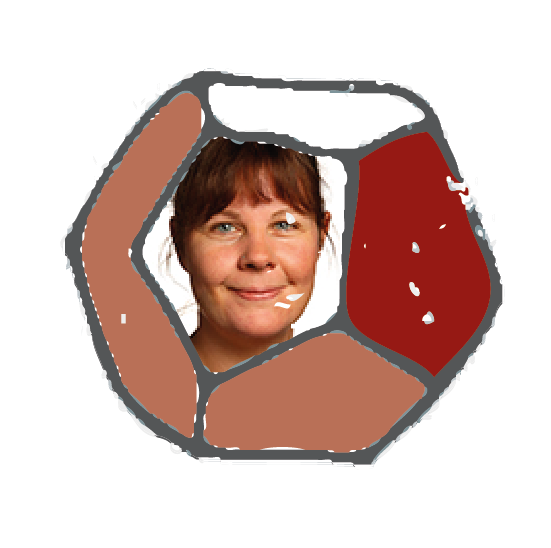
This red design brief is called bioLOGICAL and refers to a do-no-harm approach.
It poses a substantial material replacement to bio-based, biodegradable or at least non-toxic materials used to build a mobile phone. It refers to an eco-design approach, with which designers, engineers, developers strive to meet the engineering needs by help of bio-based equivalents to the materials usually used, thus bettering their re-integratability into natural cycles after use.
Step I
INSPIRE
Step PR
PROVOKE
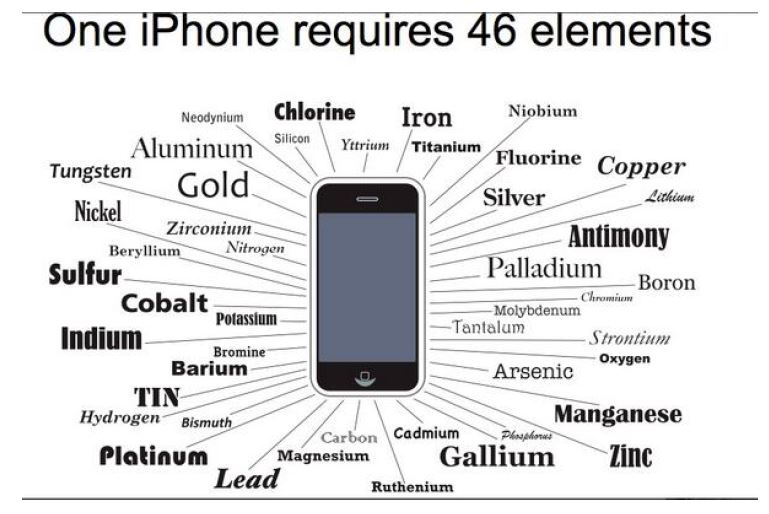
So let’s begin with the ‘provocation’ that bioLOGICAL poses. In a usual mobile phone, or smartphone, around 46 elements are incorporated (see figure). bioLOGICAL asks you, whether we could find organic equivalents, or at least save-to-eat non-organic equivalents to all the materials used hitherto!
The Extraordinary Raw Materials in an iPhone 6s: http://www.visualcapitalist.com/extraordinary-raw-materials-iphone-6s/
See Every Single Part Inside an iPhone: http://www.visualcapitalist.com/every-single-part-inside-iphone/
In other words, when finding organic equivalents, still many different materials can be involved. Due to being organic these materials would enter the biological cycle, and not be bound to be kept in the technical cycle. A product such as the mobile phone, entirely made of organic materials, would also carry a low inherent energy, i.e. the effort/energy that went into making the artefact (you might want to read further reflections in an article on Low Tech Magazine’s website from 2008: https://solar.lowtechmagazine.com/2008/02/the-right-to-35.html). It would biodegrade, could be save to dump in nature – or save to eat even.
The question that arises is one for reflection: If we make use of the diversity and spread in natural, renewable materials for a future mobile phone, does it resonate with nature’s nothing-is-waste(d) principle? As if we are using the whole natural product, such as a fruit, tree or animal to make something man-made – the ananas-phone if you want?
Feel free to use any of the note-taking techniques offered through the brainstorm journal templates (docx, doc, pdf) for keeping a diary/journal about your thoughts and ideas from here on!
So let’s talk about bioplastics. For material explorations and maybe prototyping you are provided with a set or mix of possible bioplastics that range from blood leather to liquid wood.
The easiest way to imagine bioplastics in a mobile phone might be replacing the usual plastic parts, such as the casing or phone’s base, with it. If we in a first iteration think of such a bio-based central base and casing for the phone that ‘houses’ classical electronics (non bio-based materials, usually metal parts), we could think out what the bio-material would be capable of. Towards reuse or recycling the bioplastics base could trigger to release (certain) electronics parts, e.g. due to being soluble, meltable, or the like in different grades. A similar-thought example comes from packaging design (in a graduation work from AHO) where gelly-like seaweed-material has been used for tea bags that dissolved when tea is brewed (DYPP - Exploring the Future Potential of Seaweed as Bioplastic through Strategic Use of Design | Arkitektur- Og Designhøgskolen i Oslo, n.d.; https://aho.no/no/project/dypp-exploring-future-potential-seaweed-bioplastic-through-strategic-use-design).
The spectrum of sources for natural materials seems vast. Take the bioplastics samples and examples, be it made from corn starch, seaweed, animal blood or wood, and reflect on the following: Is implementing a material mix of organic equivalents – due to their ‘natural’ production – sustainable then? (Keywords: food supply securement and natural habitat conservation)
“At times, the responsible initiatives may possibly cause negative outcomes. For instance, the alternative fuel that is produced from palm oil or soybeans has inevitably led to the loss of large forested areas around the world. Equally, green energy production necessitates large stretches of arable land, and puts huge pressures on food supply chains (Kovács, 2008), particularly in the poorest countries. Notwithstanding, the production of Ethanol is yet another example that requires more fossil fuel than it produces (Farigone, Hill, Tilman, Polasky and Hawthorne, 2008).”(Camilleri, 2018)
Step AA
ANSWER&ASK
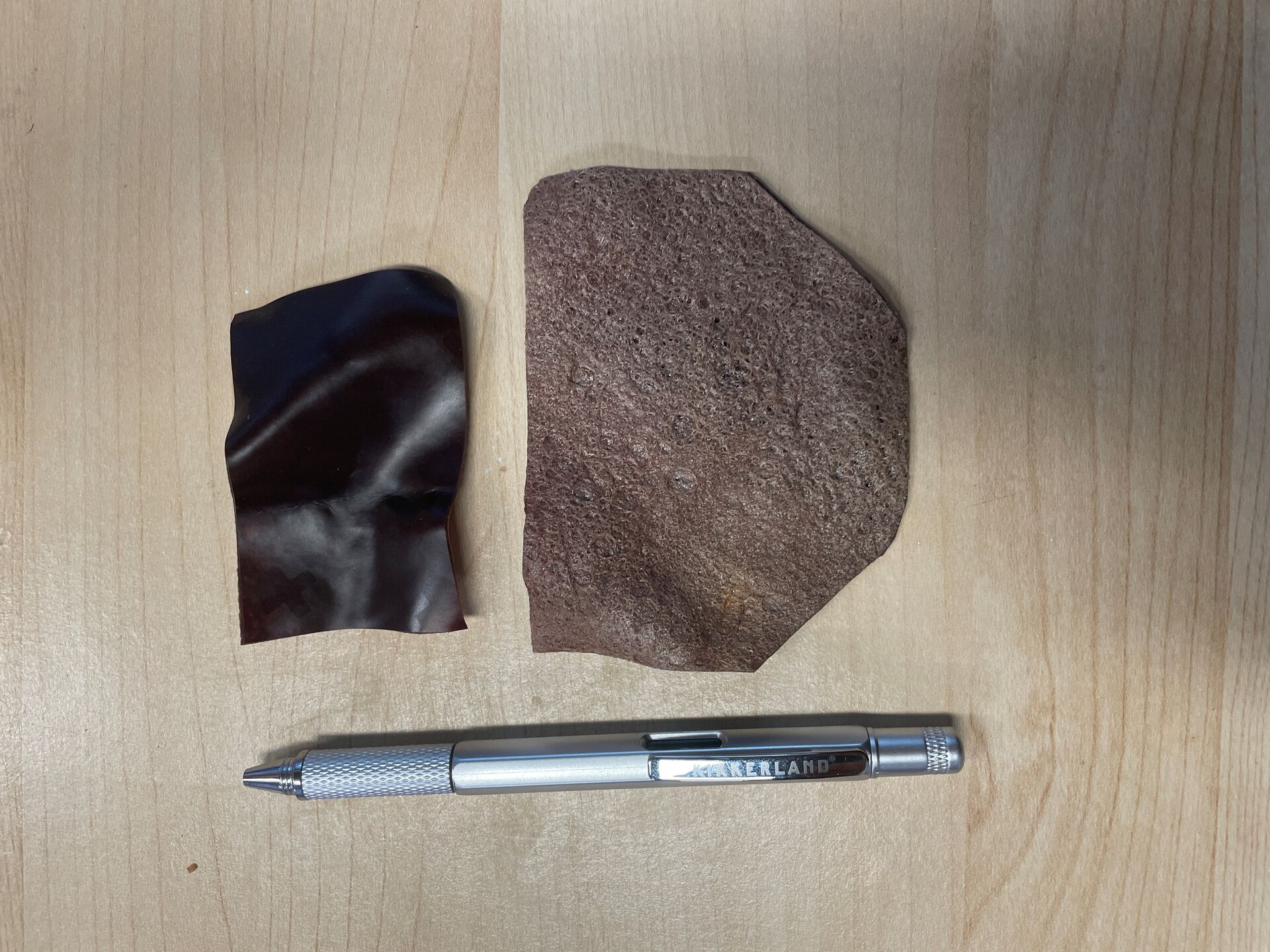
Blood bio leather from Shahar Livne Design, NL
(shaharlivnedesign.com/about)
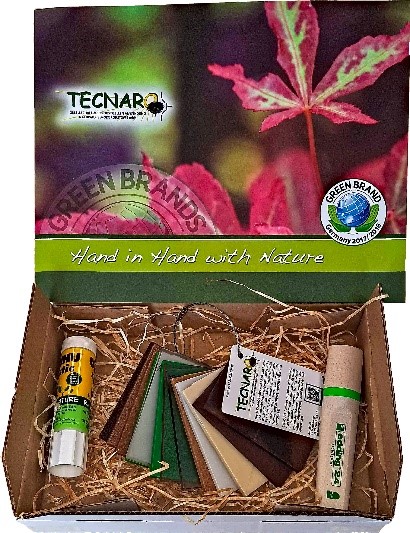
ARBOFORM® (from Tecnaro, Germany), also known as "liquid wood"
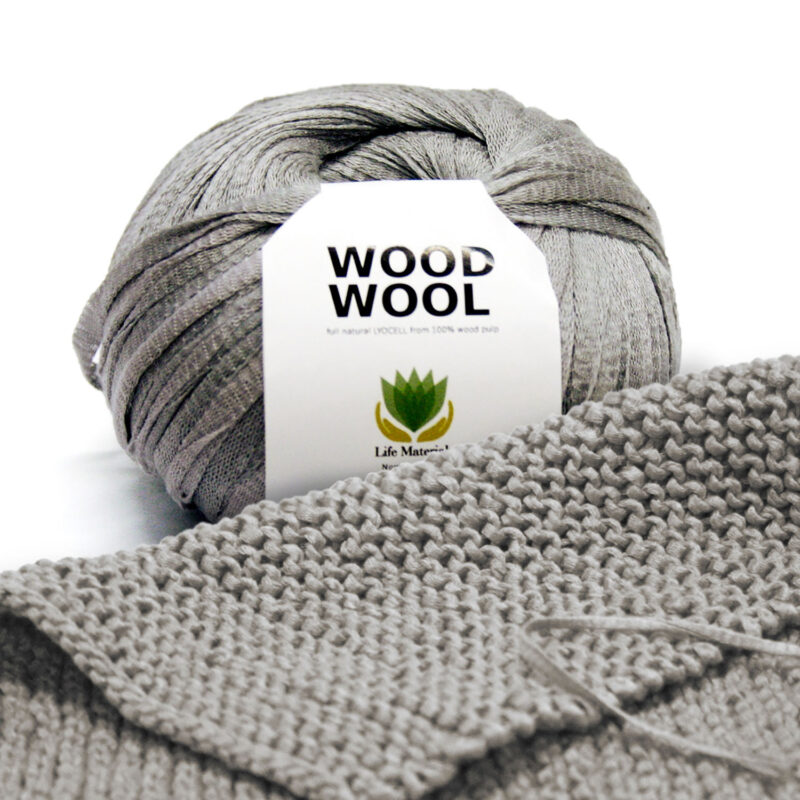
Wood wool, and other bio-based materials (f.i. banana and other papers) from lifematerials.eu
Step AA
ANSWER&ASK
Is there such thing as ‘disposable’ electronics? According to the following article, there are. Sustainable short-lifecycle electronics they are called, see the article “Biodegradable inkjet-printed electrochromic display …” (Pietsch et al., 2020).
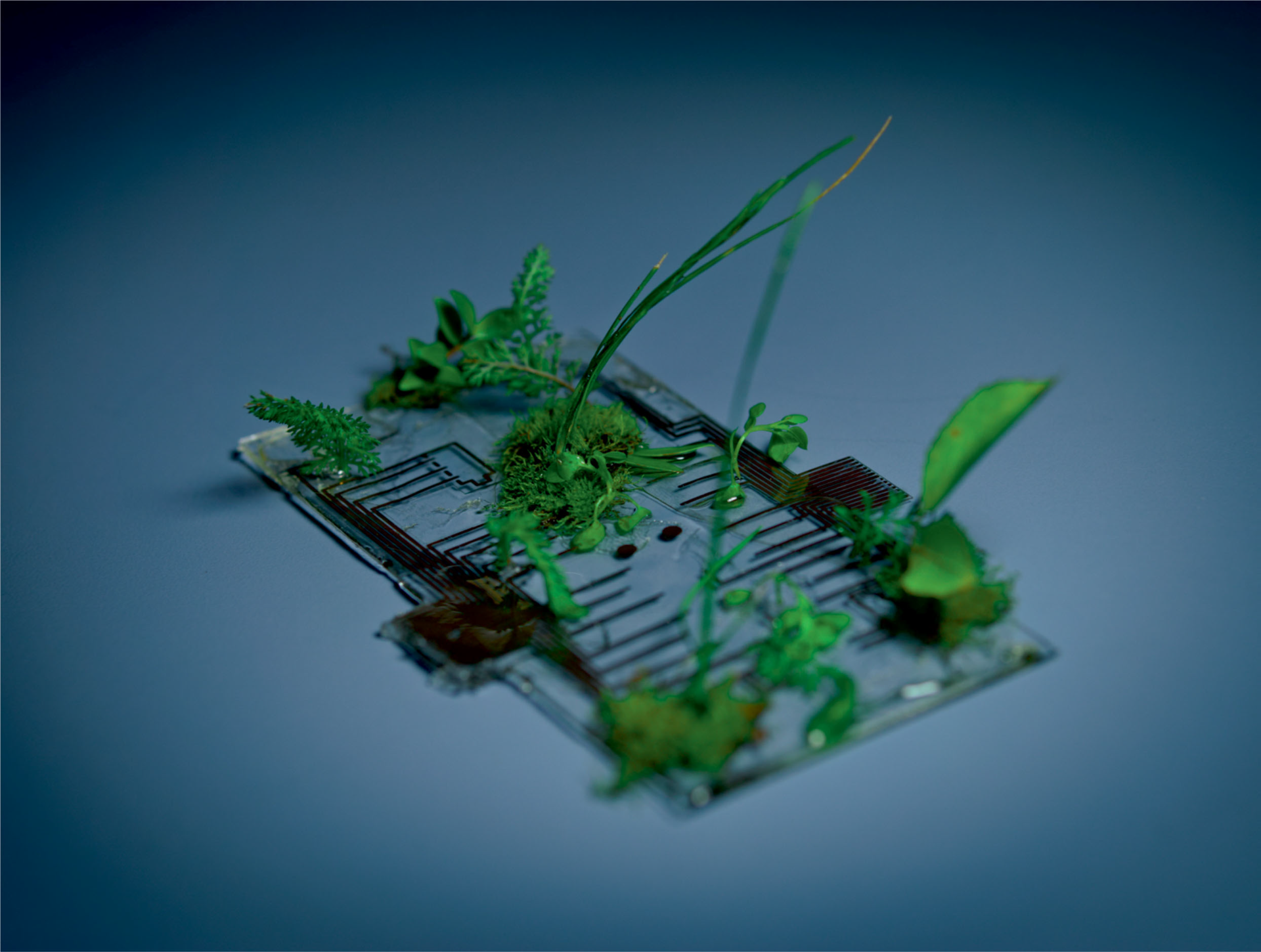
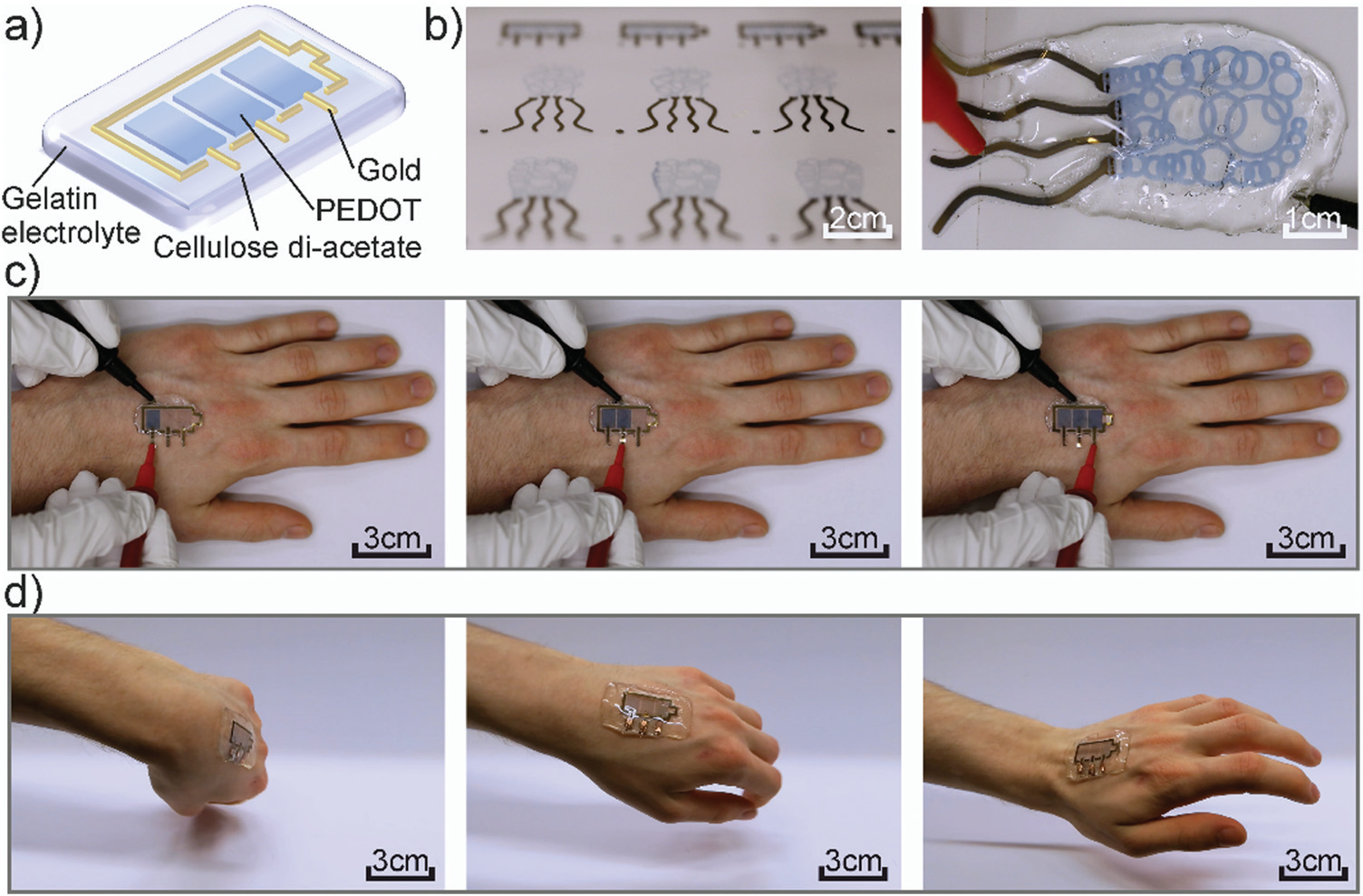
A lot of electronics and phenomena therein are nowadays highly investigated for being or becoming ‘organic’, e.g. how ‘organic’ diodes, fluorescence, or whole assemblies like passive e-ink displays, are or could become. The majority of such electronics bases on plastics, which we consider a material of natural origin, yet that circles rather in the technical materials cycle than a purely natural cycle. Plastics per se are a versatile material group, it seems each type is sought to be replaced by a biological and/or biodegradable equivalent, be it for substrate, conductive, transparent, flexible or other purposes, leading to innovations such as “transparent fish gelatin for flexible electroluminescent displays” (Zhang et al., 2020) or vegan spider silk, e.g. to replace single use plastics or to make water-resistant coatings (‘Vegan Spider Silk’ Provides Sustainable Alternative to Single-Use Plastics, 2021).
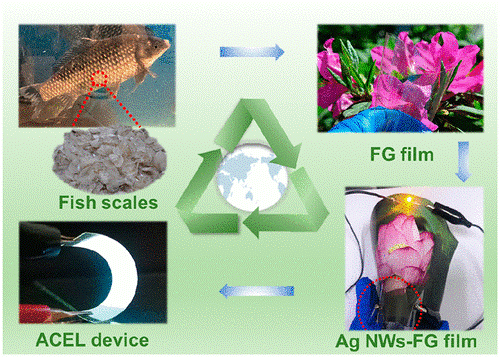
Also for wood we can find three forms of bioplastic that might serve as substrate, e.g. Tecnaro Arboform® (Liquid Wood), as conductive material and transparent material for displays or generally glass replacement.
«Injection moulding of ARBOFORM® with subsequent pyrolization results to pure carbon parts (99,9% concentration) with interesting electric conductivity properties and high dimensional stability under heat.”, see the TECNARO product overview 2019-09 TECNARO product overview.pdf
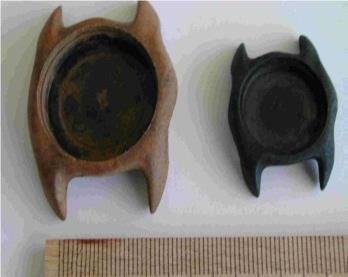
Also a material sample of a Tecnaro Arboform bioplastic that is transparent (i.e. transparent liquid wood) is available, representing recent research to create 100% renewable transparent wood as featured at Material District (100% Renewable Transparent Wood, n.d.) and published as an article titled “High Performance, Fully Bio-Based, and Optically Transparent Wood Biocomposites” (Montanari et al., 2021).
Would a 100% wood-based mobile phone resonate with the ‘provocation’ that this design brief named ‘bioLOGICAL’ poses?
On the search for natural materials, we might encounter design trade-offs, that means a different function, safety/security, usability, and/or aesthetics follows along with the choice of natural/sustainable materials. How could the Design principle ‘Wabi Sabi’ help in imagining this future substantial material replacement employed for electronics or artifacts like the mobile phone?
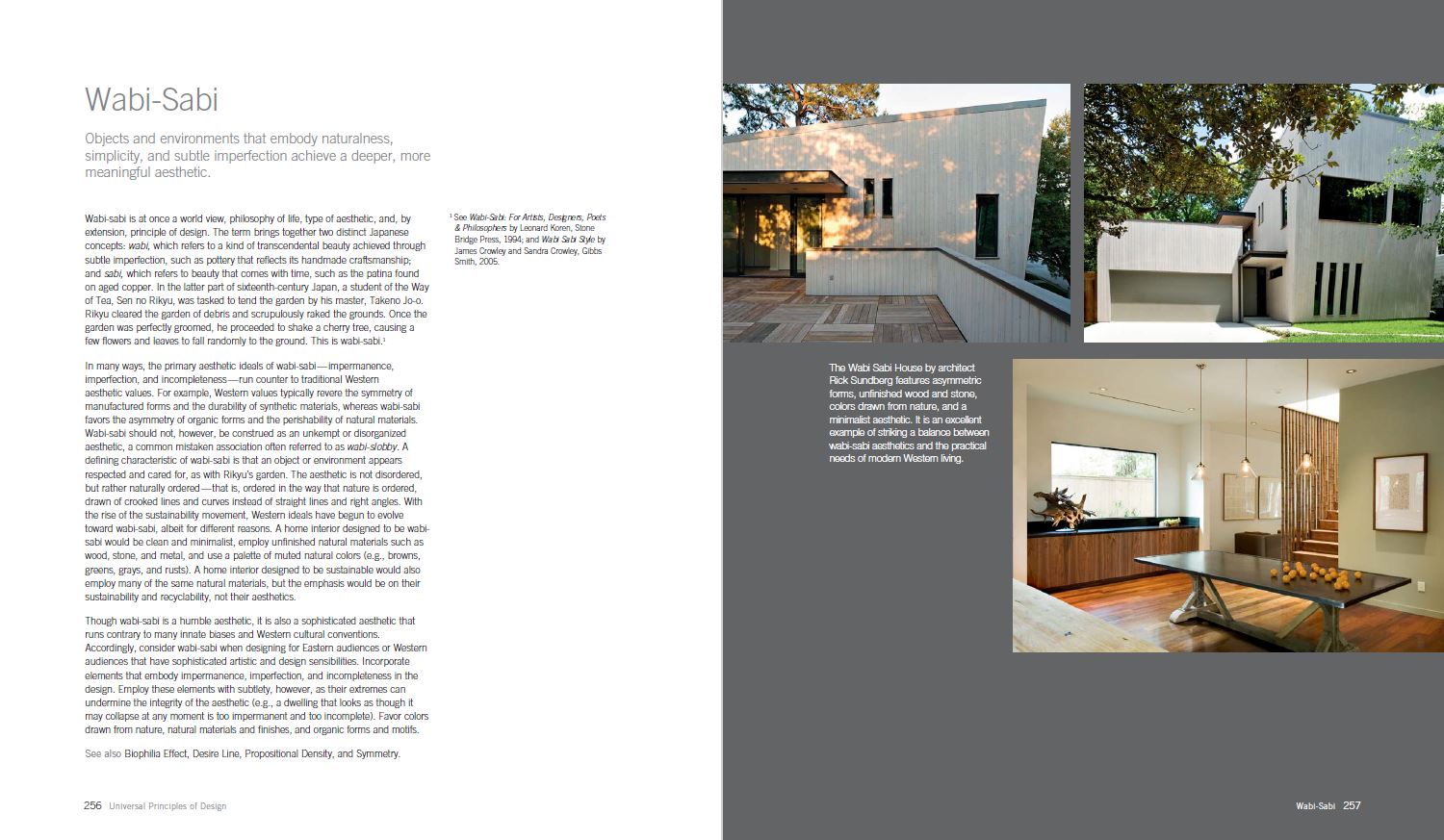
Step AA
ANSWER&ASK
Step P
PROTOTYPE
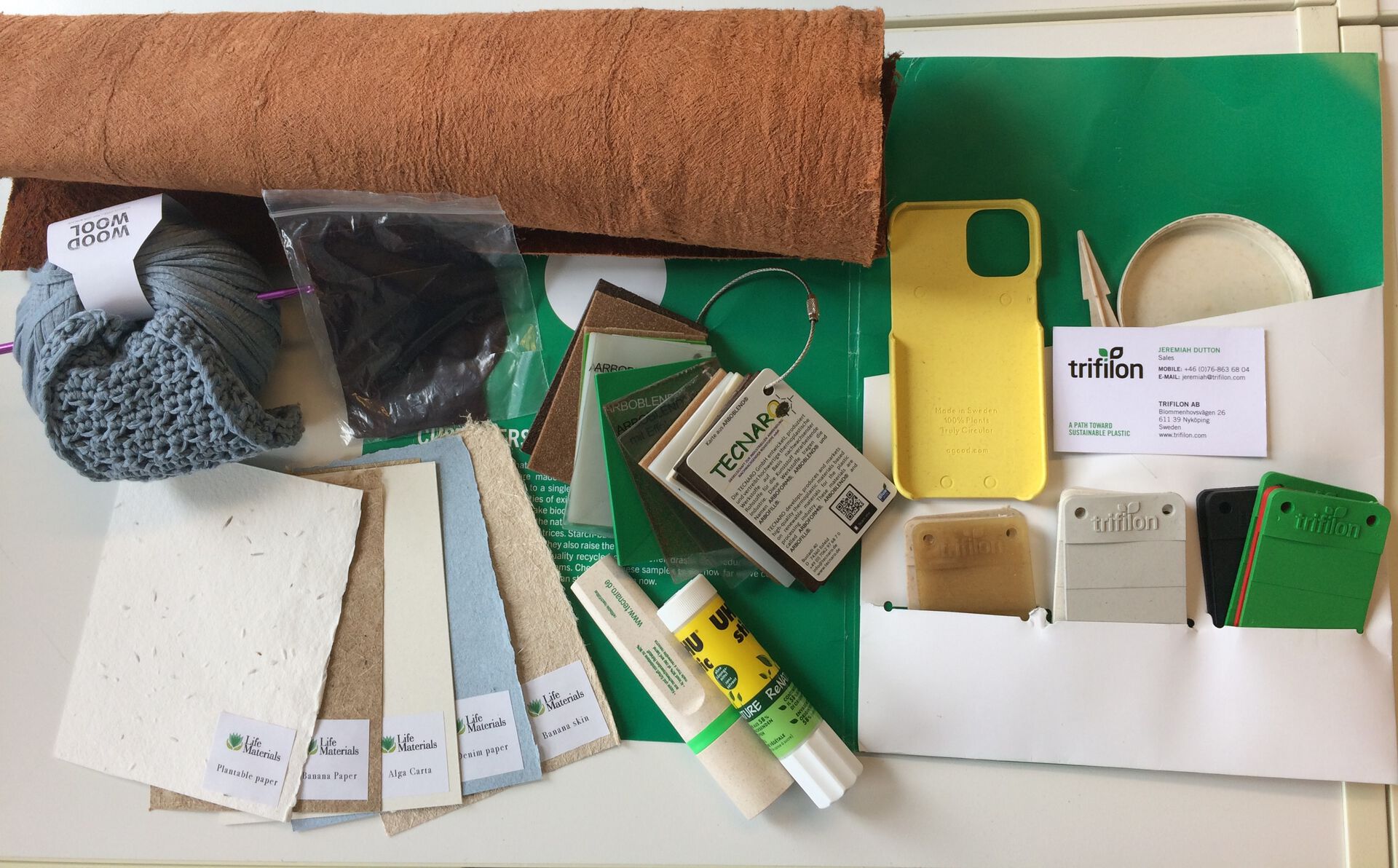
Create a provocative prototype or mock-up that tells:
- how the hitherto very technical materials, mobile phone technology consists of, find equivalents in the natural cycle
-how a continued material mix or high material diversity, but with ‘natural’ production serves artifacts to have low inherent energy, and how that is sustainable for both the user and the environment
- how ‘bionic’ principles could deeply alter production and consumption, as well as society’s understanding of such technology, where an embodied naturalness and simplicity earn and deserve user acceptance
Supplies you might want to use, you see to the left and will be handed over to you.
References
100% renewable transparent wood. (n.d.). MaterialDistrict. Retrieved 18 June 2021, from https://materialdistrict.com/article/100-renewable-transparent-wood/
Camilleri, M. A. (2018). Closing the loop for resource efficiency, sustainable consumption and production: A critical review of the circular economy. International Journal of Sustainable Development, 21(1–4), 1–17. https://doi.org/10.1504/IJSD.2018.100802
DYPP - Exploring the future potential of seaweed as bioplastic through strategic use of design | Arkitektur- og designhøgskolen i Oslo. (n.d.). Retrieved 18 June 2021, from https://aho.no/no/project/dypp-exploring-future-potential-seaweed-bioplastic-through-strategic-use-design
Montanari, C., Ogawa, Y., Olsén, P., & Berglund, L. A. (2021). High Performance, Fully Bio-Based, and Optically Transparent Wood Biocomposites. Advanced Science, n/a(n/a), 2100559. https://doi.org/10.1002/advs.202100559
Pietsch, M., Schlisske, S., Held, M., Strobel, N., Wieczorek, A., & Hernandez-Sosa, G. (2020). Biodegradable inkjet-printed electrochromic display for sustainable short-lifecycle electronics. Journal of Materials Chemistry C, 8(47), 16716–16724. https://doi.org/10.1039/D0TC04627B
‘Vegan spider silk’ provides sustainable alternative to single-use plastics. (2021, June 10). University of Cambridge. https://www.cam.ac.uk/research/news/vegan-spider-silk-provides-sustainable-alternative-to-single-use-plastics
Zhang, X., Ye, T., Meng, X., Tian, Z., Pang, L., Han, Y., Li, H., Lu, G., Xiu, F., Yu, H.-D., Liu, J., & Huang, W. (2020). Sustainable and Transparent Fish Gelatin Films for Flexible Electroluminescent Devices. ACS Nano, 14(4), 3876–3884. https://doi.org/10.1021/acsnano.9b09880
FINALE: INTEGRATE
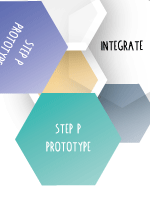
On the game board all participant paths meet in the middle (the game boards center that says ‘integrate’). After the individual participation phase we get to hear what other participants have come up with and how all participants could collaborate on the desirable futures we want to create.
Congratulations! With your participation we support this:
“Given the growing interest in “upstream” collaborative projects between designers and materials scientists, it is crucial to scrutinize designers’ creative contribution to materials development beyond “coming up with” application ideas. Overcoming this outdated preconception requires a shift away from the dominant perspective of cognitive psychology that understands creativity as being in the designer’s mind, to an understanding of it as being distributed between the designer and the material world. Creativity as such requires designers’ active participation in “discovering” the novel potentials of materials rather than merely translating the “given” materials information to product applications." (Barati & Karana, 2019)
